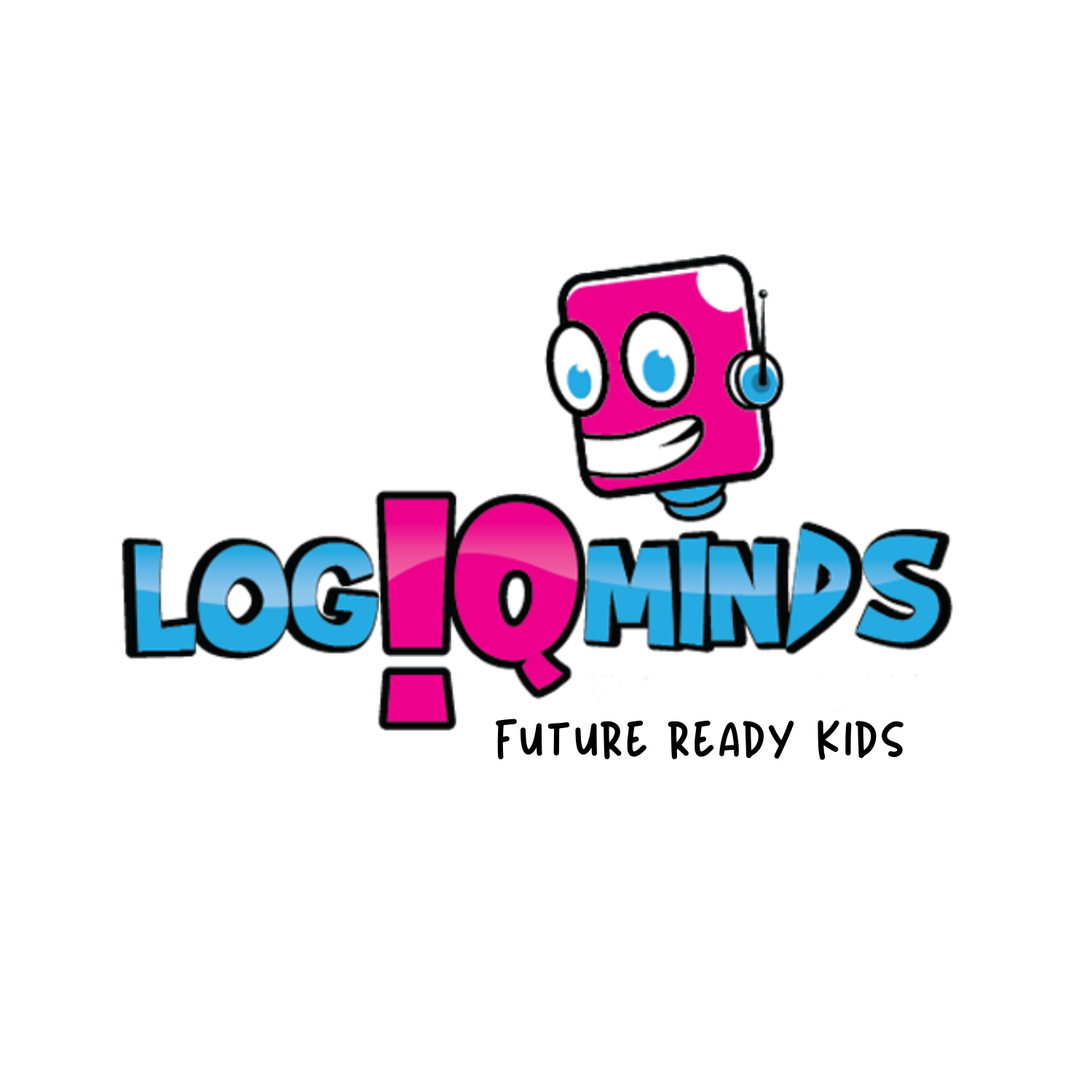How does personalized learning work?
Two schools operating with personalized learning approach does not look the same. However, there are four commonly used models followed by the school and other educational institutions. All the mentioned models below set a standard for learners and align with the process of learning.
Schools using the learner profiles- it is a kind of school that has an updated record and offers a thorough understanding of the learners’ strengths, motivations, needs, goals, and progress. The profiles are maintained and updated often. These facilitate the teachers to make decisions accordingly. Moreover, it also helps the learners to track their progress and shortcomings.
Schools using the personalized learning tracks-With the assistance of this kind of school, each student can design a learning track that responds to or adjusts based on their development, motivations, and goals. For instance, depending on weekly updates regarding academic performance and hobbies, a school might plan a student's timetable.
Schools that follow a competency-based curriculum-This kind of institution regularly evaluate pupils to track their advancement toward predetermined objectives. Students can easily understand what they must grasp thanks to this system. These competencies encompass particular abilities, information, and attitudes like fostering resilience.
Options for how and when they should show their understanding are given to the students. For instance, a student and a teacher might collaborate to incorporate specific arithmetic concepts into internships at a retail establishment.
The learner may work on several skills at once. They go to the next after mastering one. Every student receives the assistance or services required to help them master the skills. The focus isn't on completing a test and scoring well or poorly on it. Instead, it's about lifelong learning and having several opportunities to demonstrate knowledge.
Schools using the dynamic environment for learning-This kind of school customize the learning environment for each student based on how they’re learning. That includes details like the classroom's physical arrangement, the day's schedule, and the distribution of teachers.
In order to allow teachers additional time for small-group instruction, for instance, schools could explore creative solutions. Redesigning how teachers utilize the time, space, and materials in the classroom is not simple. However, using design thinking in this way can help the classroom adapt to the requirements of students.
To know the potential personalized learning in the classroom holds, check LogIQminds today!


